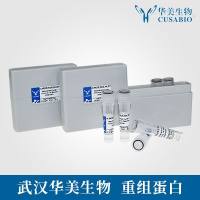Analysis of 2,4-Dichlorophenoxyacetic Acid and 2-Methyl-4-Chloro-Phenoxyacetic Acid in Human Urine
互联网
互联网
相关产品推荐
![(1S,2S,4R,8S,9S,11S,12R,13S,19S)-6-[(3-chlorophenyl)methyl]-12,19-difluoro-11-hydroxy-8-(2-hydroxyacetyl)-9,13-dimethyl-6-azapentacyclo[10.8.0.02,9.04,8.013,18]icosa-14,17-dien-16-one,Moligand™,阿拉丁](https://img1.dxycdn.com/p/s14/2024/0619/722/0483842343985733081.jpg!wh200)
(1S,2S,4R,8S,9S,11S,12R,13S,19S)-6-[(3-chlorophenyl)methyl]-12,19-difluoro-11-hydroxy-8-(2-hydroxyacetyl)-9,13-dimethyl-6-azapentacyclo[10.8.0.02,9.04,8.013,18]icosa-14,17-dien-16-one,Moligand™,阿拉丁
¥3999.90

水杨酸纯品 Salicylic acid(CAS:69-72-7)
¥120

AQP1/AQP1蛋白Recombinant Human Aquaporin-1 (AQP1)重组蛋白Aquaporin-CHIP;Urine water channel;Water channel protein for red blood cells and kidney proximal tubule蛋白
¥1344

人(Human)二磷酸腺苷(ADP)ELISA检测试剂盒,96T/48T,阿拉丁
¥2528.90

软骨素酶AC 来源于肝素黄杆菌,9047-57-8,重组, expressed in <i>E. coli</i>,≥200 units/mg protein, For Chondroitin Sulfate Analysis,阿拉丁
¥7138.90
相关问答

